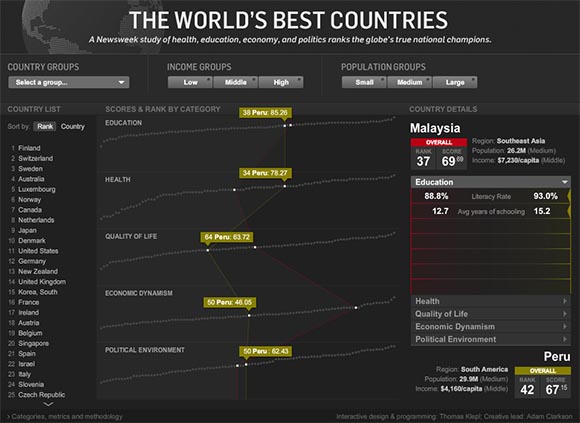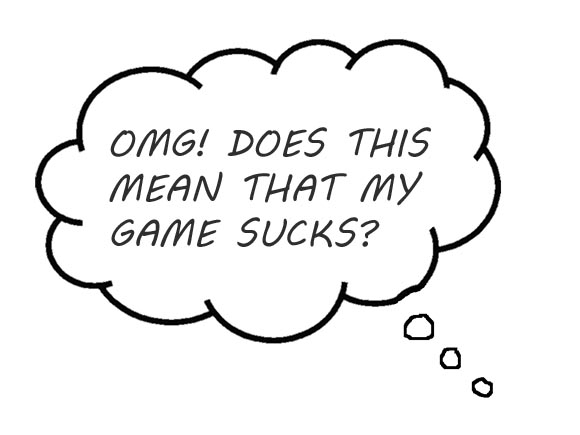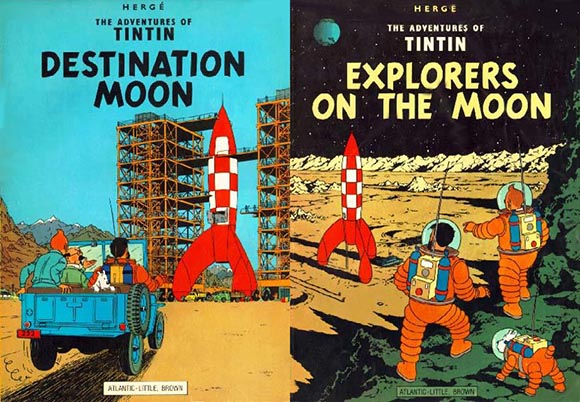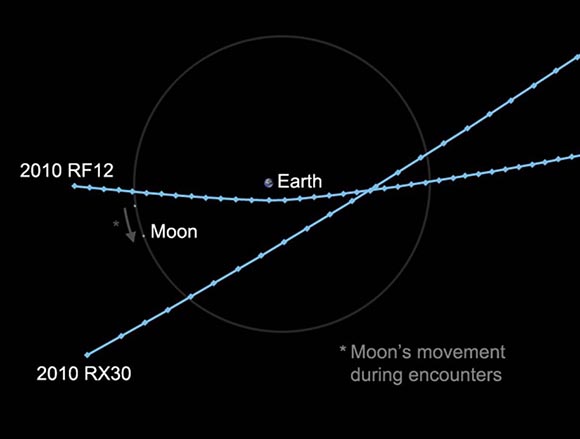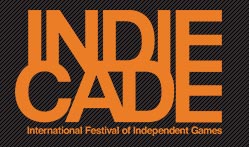And now to something completely different. I recently bough and read two The Adventures of Tintin comics. The big fat space geek I am, they are of course the two comics about Tintin’s trip to the moon. I think I read a Tintin comic when I was young but I could hardly remember it. I wanted to use this opportunity to re-discover this classic series.
However, my first impression of the book wasn’t that great. The second book came out in 1954 and it really shows. For a modern reader like me, the storytelling seemed all over the place. The tone of the story constantly switches between a semi-realistic political espionage thriller and the most banal slapstick. After pages and pages of characters slipping on bananas, banging their head against on low ceilings and falling down manholes suddenly one of them commits suicide because of the guilt he grudges for being a spy – WTF?!?! There is very little time spend on characterization. After reading the two comics I know hardly anything about them. It isn’t even really explained why the characters go to the Moon. It certainly doesn’t make much sense. From their goofy behavior they seem to be the worst-possible candidates.
The cast is neither especially likable nor diverse. It struck me that there isn’t even one single female in neither of the two books – not even as an extra. It’s all just grumpy middle-aged men. Against that the bland Tintin and his dog suddenly really stand out. Additionally, some of the character’s habits are quite odd from a modern standpoint. The captain smuggles a few bottles of whiskey on the spaceship and during the only 3 hours long spaceflight, he proceeds to get himself plastered. Alone. Behavior like this would qualify as a critical case of alcoholism nowadays.
Generally, the story arc is not really well fleshed out. The dramaturgy of the entire story is mostly trivial. The plot seems to randomly advance from one over-indulged slapstick sequence to another.
And yet around the middle of the second book I started to recognize why so many people enjoy the series so much. The unique visual style of the comic is incredibly attractive even today. The attention do detail is tremendous, the execution is flawless. There seems to be not even one panel where the Author did a short-cut. Because of the minimalist approach the colors appear incredibly vibrant. Some designs are certainly iconic. One cannot deny the appeal of the red rocket they use to travel to the moon. It’s the archetype of what we understand as a rocket.
And once you get into a Tintin mindset, there seems to be a weird system to the storytelling. There is constantly something new happening to the characters. If you don’t like a particular scene, something completely different might be just around the corner.
But what really blew me away is the scientific accuracy. Keep in mind the second comic is from 1954 so it’s from 15 years (!!) before the first moon landing. Yet so many details seem to be spot-on. The space-suits look convincing, the effects of low gravity and the vacuum are accurate. The flight profile differs significantly from the Apollo mission, yet it’s internally consistent and completely plausible. I can’t wrap my head around how they got the landscapes of the Moon so well. The first real images from the surface were shot by unmanned space probes in 1966, 10 years after the comic. Sure there are subtle differences to the real Moon: the Tintin Moon is slightly too jagged and not quite dusty enough. But at first sight it’s a convincing representation of the surface, even for today’s standards. Even the biggest discovery they make on the Moon is well chosen. They find frozen ice in a cave – something scientists are eagerly looking for even today! In fact, the comic is more scientifically accurate than most modern Sci-Fi movies. It just shows that reality doesn’t need to get in the way of entertainment.
After finishing the second book I still had my reservations on the characters and the overall plot. The age of the book requires some period of adjustment. Yet, I cannot deny that the comics are a unique and quite extraordinary piece of work. They certainly deserve the attention they receive.
Have you read any of the Tintin comics? Which ones and what were your thoughts?


